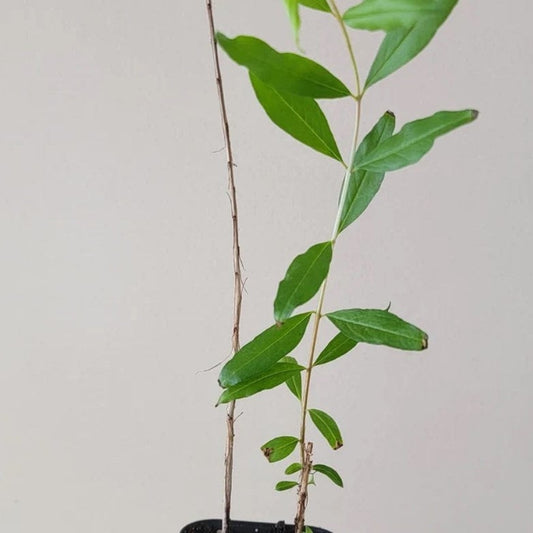How to Grow Salavatski Pomegranate Trees: A Gardener's Guide
Salavatski pomegranates, also known as 'Russian-Turk', stand out as a particularly hardy variety suitable for colder climates where other pomegranate trees might struggle. Known for their resilience, Salavatski trees produce bright orange-red fruit with a slightly tart and sweet taste, making them a favorite among both culinary enthusiasts and gardeners looking to add a touch of beauty to their landscapes. If you're looking to grow pomegranates but face challenging winter temperatures, the Salavatski variety offers an excellent solution. This guide will provide you with detailed steps to successfully cultivate Salavatski pomegranate trees, ensuring vibrant fruit production and a robust, attractive tree.
Understanding Salavatski Pomegranate Trees
Salavatski pomegranate trees are renowned for their ability to withstand temperatures as low as 0°F, making them one of the most cold-hardy varieties available. They produce fruit that is both visually appealing and rich in antioxidants, vitamins, and minerals. The Salavatski's fruit features a hard outer rind and juicy, ruby-red arils inside that are perfect for juicing or eating fresh.
Selecting the Right Location
1. Sunlight Needs: Salavatski pomegranate trees require full sun to produce the most fruit. A location receiving at least six to eight hours of direct sunlight per day is ideal.
2. Soil Requirements: These trees thrive in well-draining soil with a pH ranging from 5.5 to 7.5. They are adaptable to various soil types but prefer loamy or sandy soils. Good drainage is crucial to prevent root diseases.
Planting Salavatski Pomegranate Trees
1. Best Time to Plant: The optimal time to plant Salavatski pomegranate trees is in the early spring, after the risk of frost has passed. In warmer climates, planting can also occur in the fall, allowing the roots to establish before the onset of summer heat.
2. Planting Method: Dig a hole about twice the width and the same depth as the root ball of your tree. Mix in organic compost with the excavated soil to enrich it, then place the tree in the hole, ensuring it is level with the ground. Backfill the hole, tamp down gently, and water thoroughly.
Care and Maintenance
1. Watering: Water your Salavatski pomegranate tree deeply and regularly during its first growing season to help establish a deep, extensive root system. Once established, they are drought-tolerant, but consistent moisture is necessary for optimal fruit production.
2. Mulching: Apply a 2-3 inch layer of organic mulch around the base of the tree to help retain soil moisture, regulate soil temperature, and suppress weeds. Keep the mulch a few inches away from the trunk to prevent rot.
3. Fertilization: Fertilize your tree in early spring with a balanced, all-purpose fertilizer to promote healthy growth and fruiting. Avoid over-fertilizing, which can lead to excessive foliage at the expense of fruit production.
4. Pruning: Prune in late winter to remove dead or damaged limbs, and to shape the tree. Salavatski pomegranates benefit from being opened up to allow sunlight to penetrate the canopy, enhancing fruit quality.
Harvesting Salavatski Pomegranates
Salavatski pomegranates are typically ready for harvest in the late fall when the fruits have developed a deep, vibrant color and make a metallic sound when tapped. Harvest by cutting the fruit from the tree to avoid damaging the branches.
Overcoming Challenges
Salavatski pomegranates are relatively disease-resistant but can be susceptible to pests such as leaf-footed bugs and pomegranate butterflies. Regular inspections and environmentally friendly pest control methods can help maintain a healthy tree.
Conclusion
Growing Salavatski pomegranate trees is a rewarding endeavor that offers gardeners the chance to produce beautiful, delicious fruit even in cooler climates. With proper care and maintenance, these trees can provide both aesthetic and culinary delights for many years. Whether you're an experienced gardener or just starting out, Salavatski pomegranates are a durable, fruitful choice for any landscape.





